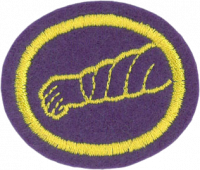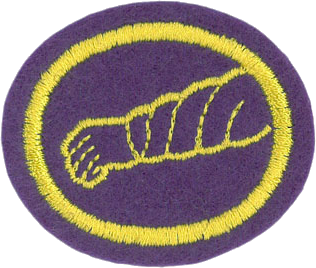Requisitos para la especialidad JA de Salud y curación usados por la Asociación General
Nivel de destreza
2
Año
1928
Version
28.04.2024
Autoridad de aprobación
Asociación General
1. Estar por lo menos en el octavo grado.
2. A través de la Biblia y/o el Espíritu de Profecía, aprender cómo Jesús sanó a los enfermos y el procedimiento para los ancianos de la iglesia de ungir a los enfermos y pedir a Dios por la curación. Escribir un informe de 250 palabras o dar un informe de dos minutos sobre lo que ha aprendido.
3. ¿Cómo está relacionada la educación continua con las carreras de salud?
4.Interview at least two people who work in a medical health career. One of the two must be someone other than a doctor or nurse, such as someone working in dentistry, physical therapy, respiratory therapy, radiology, nutrition, etc. In your interview ask the following questions:
- a.
Why did you choose your profession?
- b. ¿Qué educación es necesaria para entrar en su profesión?
- c.
After education, what amount of time does it take to become certified or proficient in your field?
- d.
What part of your job do you like the best? The least?
- e.
What day of the week and hours per day do you work at your job?
- f. ¿Qué adelanto está disponible en su campo de trabajo?
- g. ¿Qué curso de estudio en la universidad complementaría su profesión?
- h. ¿Cuáles son algunas escuelas locales que ofrecen la formación en su profesión?
5. Realizar una de las siguientes actividades:
- a. Ser un voluntario en un hospital o centro médico.
- b. Visitar un médico o dentista y hacer lo siguiente:
- (1)
Observe the areas of operation, such as the business office, laboratory, examining rooms, x-ray room, etc.
- (2)
Be introduced to the equipment used in the office.
- (3)
Learn the steps of an office visit from when a patient comes into the waiting room until the time he leaves the office.
- (4)
Learn how the doctor does an examination from the taking of the patient's history to the diagnosis.
- c.
Go on a visit with a home nurse and do the following:
- (1)
Learn the steps of a home visit from when the nurse finds out about the patient to when the nurse reports to a doctor.
- (2)
Observe the nurse taking the vital signs.
- (3)
Observe the nurse giving instructions and medication.
- d.
Visit an outpatient department of a hospital, such as physical therapy, x-ray, laboratory, etc. Do the following:
- (1)
Observe the areas of operation in the department.
- (2)
Be introduced to the equipment used in the department and how it works.
- (3)
Learn the steps a patient takes when visiting the department.
- (4)
How many people does it take to staff the department?
- (5)
Does the department operate at night?


